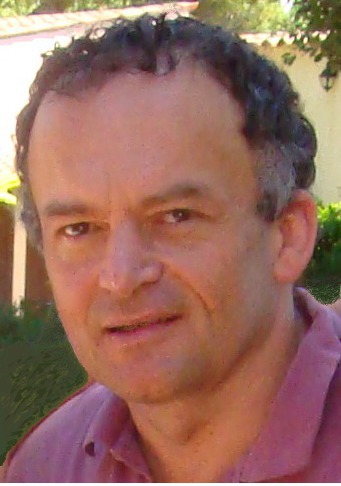Date: 2010-12-18 Time: 07:00 - 09:00 US/Pacific (1 decade 3 years ago)
America/Los Angeles: 2010-12-18 07:00 (DST)
America/New York: 2010-12-18 10:00 (DST)
America/Sao Paulo: 2010-12-18 11:00
Europe/London: 2010-12-18 14:00
Asia/Colombo: 2010-12-18 19:30
Australia/Sydney: 2010-12-19 01:00 (DST)
Where: Online Video Conference
This video conference used DimDim, now a private company.
The meeting can be replayed by clicking this link:
watch the meeting recording
Description
The three elements theory is a unifying physical theory. As such its aim is the generalization and explanation of each actual physics theories. It has been constructed with the same idea as string theory: matter must be explained by a very small and simple set of constitutive ?elements?. Here those basic elements are not "strings" but 3 elements: luminous point, bubble, and space time. The "luminous point" element is an infinitely small point in perpetual motion in space at the constant speed of c0 = Sqrt(2) c, where c is the speed of light. It is the only element containing energy. A bubble is a sphere or a torus in space. Its role is the creation of particles. Space-time is seen like an element. Those three elements are in permanent interaction between each others. The main interactions are the deformation of space-time by a luminous point, and the following of geodetics of space-time element, by the two other elements.
Today the validation of this theory has been done with the explanation of dark matter mystery. Of course this validation must be refined, and finalized. But each dark matter mysteries are well explained by this theory: the velocities of the stars inside a galaxy, the velocity of the galaxies inside their group, and the light beam deviation in the vicinity of a star. For each of these mysteries, the theoretical equations yield values which are incredibly closed to experimental ones. For example, the speed of the stars of the NGC 3310 galaxy is calculated with a precision of 10 %: for the stars which are located at 5 kpc from the galactic center along the principal galaxy axis, 150 km/sec is the theoretical value, and 137 km/sec is the experimental measurement.
This second visio conference follows the first one, given July 17, 2010. Hence the aim of this second visio conference is to answer some questions which where not answered during the first conference, such as the physical principles of the dark matter explanation. Those physical principles are, basically the principles of the three elements theory.


